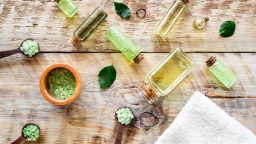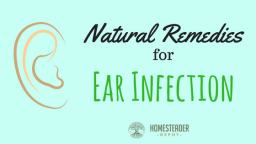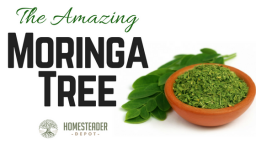Are you haunted by your seasonal allergies? Even if your “seasonal” allergies pop up all year ‘round, there are plenty of remedies that you can use. Some of them, like number 11, go beyond the chemical-filled pills and tablets and into the all-natural realm. Yes, you can help keep your allergies at bay without subjecting yourself to chemicals. Here’s how.
1) Drink Tea
There are certain types of teas that can alleviate your allergies. They include those that contain a mix of peppermint (which can clear up the sinuses), ginger (likewise), and nettle. However, if your outdoor allergies extend to include nettle, you’ll need to be careful here.
2) Use a Neti Pot
Neti pots can really clear out your sinuses. All that you need to do is mix bottled and filtered water (not tap water) with a salt packet. Then, follow the instructions, which usually involve placing the spout in one nostril, allowing all of the mucus to come out of the other one.
3) Install HEPA Filters In Your Home
HEPA filters are designed to trap allergens that are in the air system of your home. You can purchase furnace filters with this technology built into them, or use a separate air filtration system. Some vacuums even come with a HEPA filter.
4) Take Stinging Nettle and Butterburr Supplements
These two all-natural herbs are great allergy fighters. Stinging nettle can lower the histamine that naturally occurs in your body during an allergic reaction. However, you do need to ensure that you aren’t allergic to it first. Butterbur should only be taken in its processed form, but it does help relieve sinus symptoms.
5) Eat Some Greek Yogurt
You’re probably already aware of the fact that Greek yogurt contains probiotics that can help balance your digestive system. However, it also has Lactobacillus casei, which can control your overall reaction to allergens.
6) Use Essential Oils
Did you know that breathing in essential oils is a great way to help your allergy symptoms? Some of these essential oils, including basil, eucalyptus, and tea tree, can all stop an allergic reaction in its tracks. You’ll just need to find a way to breathe them in – don’t ingest them.
7) Clean Your House Regularly
We’ve already mentioned HEPA filters in your home, including in your vacuum cleaner. However, cleaning your house on a regular basis can really prevent your allergies from flaring up, since it removes any trapped pollen and dust.
8) Eat Omega-3 Fatty Acid Rich Foods
You’ve probably heard of omega-3 fatty acids since they are good for your heart health. The foods that contain them, such as salmon and mackerel, also have properties that reduce inflammation and help your lungs function better.
Throw away your Fish Oil and Use this >>
9) Eat Food Rich in Vitamin C
Studies have shown that Vitamin C is actually a natural antihistamine. This means that if you eat fruits that contain this vitamin, you’re helping your system cope with your allergies. You’ll need to increase your intake of berries, oranges, lemons, limes, broccoli, and even kale.
10) Exercise Indoors Whenever Possible
It almost goes without saying that if you want to avoid allergic reactions to plants and pollen, then you need to avoid them. If you exercise outdoors, then you’re exposing yourself to everything that you’re allergic to.
11) Get Acupuncture
Acupuncture has been around for thousands of years for a very good reason – it helps a number of different conditions, including allergies. All that you need to do is find an acupuncturist near you who knows the right ways to insert the needles in order to relieve your seasonal allergies.











